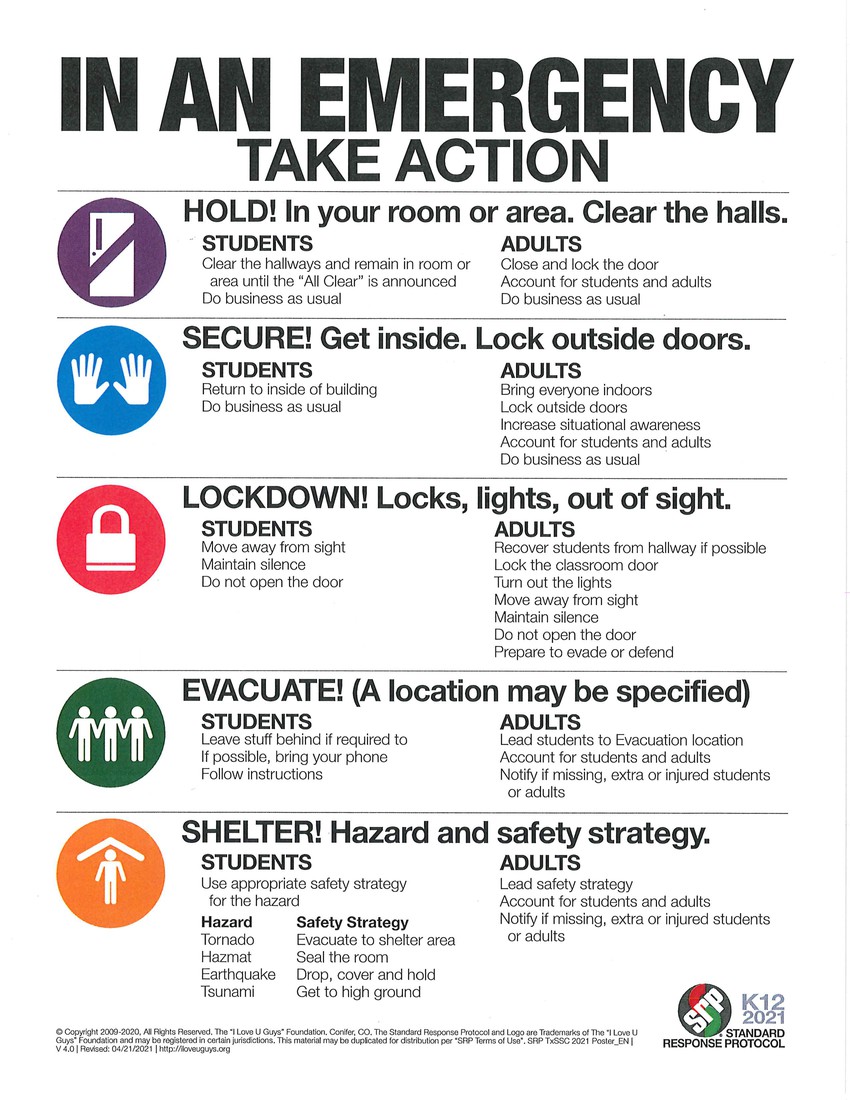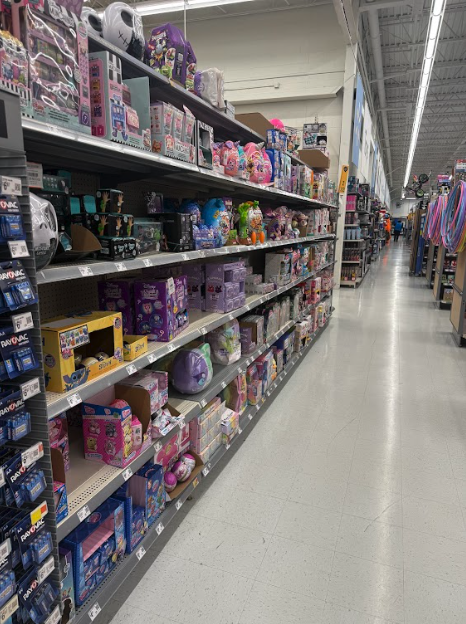In many ways, society evolves through a shift in collective awareness, and one of the most significant changes in recent history has been our approach to smoking. A few decades ago, smoking was considered normal. Today, it’s largely viewed as dangerous and socially irresponsible. This shift wasn’t accidental; it was the result of widespread education, policy changes, and a commitment to protecting future generations. While it’s not something we thought was ever really possible, standards changed. People changed with them.
Now, we stand at a similar crossroads with carbon emissions and the environmental impact of our daily choices. One of the most impactful changes we can make to protect the planet—especially for younger generations—is to transition our school buses from traditional diesel to electric. Just as we once accepted smoking as a part of everyday life, we’ve come to realize that the fumes from diesel buses harm not only the climate but also the health of our children. It’s time to take action.
Freeborn County has the fourth-highest asthma emergency department visit rate per capita in the state, sitting at 42.6 emergency department visits per 10,000 people. This is roughly 1.5 times the state rate of 29 per 10,000, according to the Minnesota Department of Health. Children who ride diesel buses are especially at risk, as diesel exhaust contains nitrogen oxides, which stunt the growth of children’s lungs. It also contains harmful particulate matter, which triggers asthma attacks and contributes to cardiovascular diseases. Diesel buses can expose kids to exhaust amounts that are 23 to 46 times the cancer risk level considered significant under federal law.
Not only is this a healthy and socially responsible course of action, but it’s also an economic opportunity. Each electric school bus purchased can save $4,000 to $11,000 annually, depending on local labor, electricity, and petroleum costs (World Resources Institute). In 2022, Michigan purchased 138 electric school buses and successfully operated them across the state. Minnesota suburban schools, including Lakeville, Eastern Carver County, and Osseo, are also successfully using electric school buses today.
Because Freeborn County is experiencing this high rate of asthma, and because of the link between asthma and diesel buses, it’s time to make a change, much like we did with smoking, and embrace the cleaner, economical, and safer alternative that electric buses offer. Reducing carbon emissions by switching to electric school buses isn’t just an environmental necessity—it’s an opportunity to rethink how we care for the future.
Everyone faces risks every day, whether we like it or not. While it’s impossible to eliminate all risks, it would be foolish not to take action when we have the knowledge and solutions to address the ones we can foresee. The air we breathe should be clean—not toxic.

![“This [photo] is basically the same area,” said science teacher Todd Mikkelsen. “So that [the cover photo] was my photo at dusk. Here it is at night time and there’s something jetting up out of the ground. So it’s the same location, different dates, two different cameras picked up an anomaly in the same region.”](https://www.ahlahasa.com/wp-content/uploads/2025/09/Ghost-Cover-1200x901.png)

























